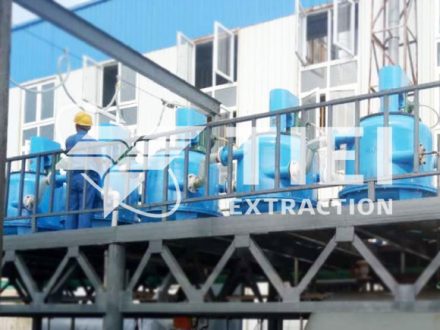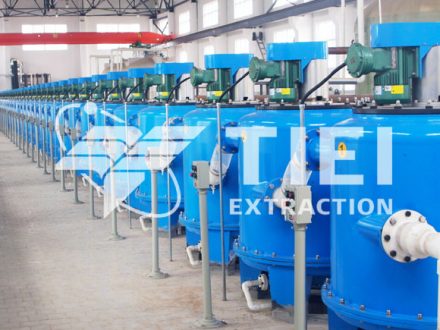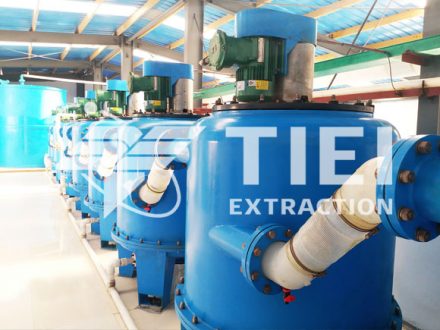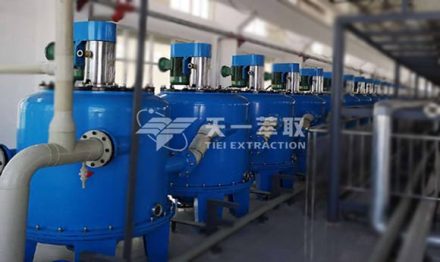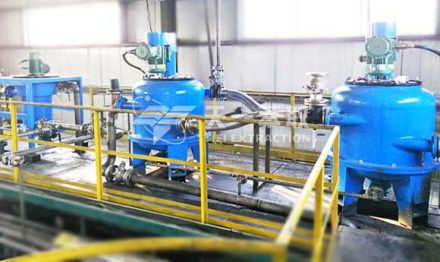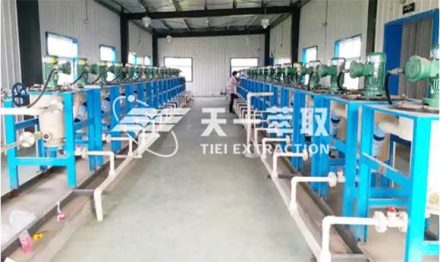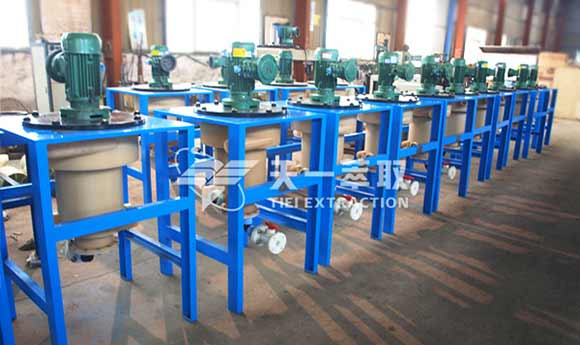
Precious metals mainly refer to gold, silver, and the platinum group metals (ruthenium, rhodium, palladium, osmium, iridium, and platinum), totaling eight metallic elements. Most of these metals possess a beautiful luster and exhibit strong resistance to chemical reagents, making them difficult to react under normal conditions. So, how are precious metals extracted?
Raw materials containing precious metals can be divided into two categories:
Mineral resources – naturally occurring ores that contain precious metals.
Secondary (recycled) resources – scrapped precious metal products generated during use. These recycled resources are diverse in type and form, with precious metal content ranging from trace amounts to nearly pure metal, thus becoming an important secondary resource.
Extraction Process of Platinum and Palladium
The smelting of precious metals has made significant progress in recent years. The extraction of precious metals is divided into three parts: enrichment-separation-refining. Solvent extraction technology is usually used to extract precious metals from solutions containing multiple metal components.
The process of extracting platinum and palladium by solvent extraction is as follows:
1.Ore Dissolution
Platinum–palladium–gold ore is first dissolved using an aqueous chlorination method.
2.Gold Reduction
After dissolution, sulfur dioxide or sodium sulfite is added as a reducing agent. By controlling the reduction potential (adjusting the molar concentration at higher potentials), gold is reduced and precipitated as crude gold powder, which is then sent for gold refining. The remaining solution contains platinum, palladium, zinc, bismuth, and other metals.
3.Platinum–Palladium Preliminary Separation
By adding ammonium chloride, palladium enters the liquid phase while platinum remains in the solid phase, achieving a rough separation of platinum and palladium.
4.Selective Palladium Extraction
The solid phase (platinum-rich) is dissolved again using aqueous chlorination to form a solution. Targeted solvent extraction is then applied to extract palladium. The loaded organic phase is washed with hydrochloric acid to remove impurities, followed by stripping with pure water or sodium hydroxide to recover palladium.
5.Platinum Extraction
The raffinate after palladium extraction is adjusted and treated with extractant N235, which has a very high extraction efficiency for platinum (up to 99.95%) while showing minimal extraction of base metals such as copper, iron, nickel, and cobalt. This makes the process both innovative and well-integrated, with a wide adaptability.
6.Base Metal Removal
The raffinate after platinum extraction is treated with P204 extractant to remove base metals.
7.Other Platinum Group Metals Recovery
From the remaining rhodium–iridium solution after gold, palladium, and platinum extraction, ammonium chloride is used to precipitate chemical-grade salts, which are then calcined to form platinum-group metal powders and further smelted into ingots.
Note on Extraction Mechanism:
The extraction behavior of metal ions in precious metal solutions is strongly influenced by their valence states, complex ion configurations, and the solution properties. Research on solvent extraction mechanisms and processes has shown that the valence state and stability of chloride complexes are governed by the central ion and the solution conditions, which in turn lead to significant changes in extraction performance.
Centrifugal Extraction Equipment for Platinum Palladium Rhodium
Traditional precious metal extraction equipment has several disadvantages: they cannot perform multiple extraction cycles, have slow extraction rates, and deliver poor extraction efficiency. In recent years, with the continuous innovation and development of extraction–separation technologies and equipment, precious metal extraction equipment has evolved from the traditional mixer-settler design to the modern CWL-M centrifugal extractor.
The CWL-M centrifugal extractor not only provides excellent extraction performance with low power consumption but also offers the following advantages:
1.Corrosion Resistance – The use of advanced polymer composite materials instead of conventional metals effectively solves the problem of equipment corrosion.
2.Simplified Structure – By adopting an upper-suspension design, the bottom bearing and mechanical seals are eliminated, simplifying the equipment structure and fundamentally resolving the common issues of leakage, frequent mechanical failures, and short service life found in traditional centrifugal extractors.
3.Efficient Separation – The machine integrates multiple mixing structures, achieving superior separation performance with a low hold-up volume.
4.High Automation & Efficiency – With strong process continuity and a high degree of automation, the cycle time is significantly shortened. This leads to higher recovery rates and improved product purity, providing substantial technical and economic benefits.
The CWL-M centrifugal extractor has become an essential piece of equipment and method for the separation and refining of precious metals.
Welcome contact us for more details
Email: sales@tieiextraction.com
Whatsapp: +86 19069612820

